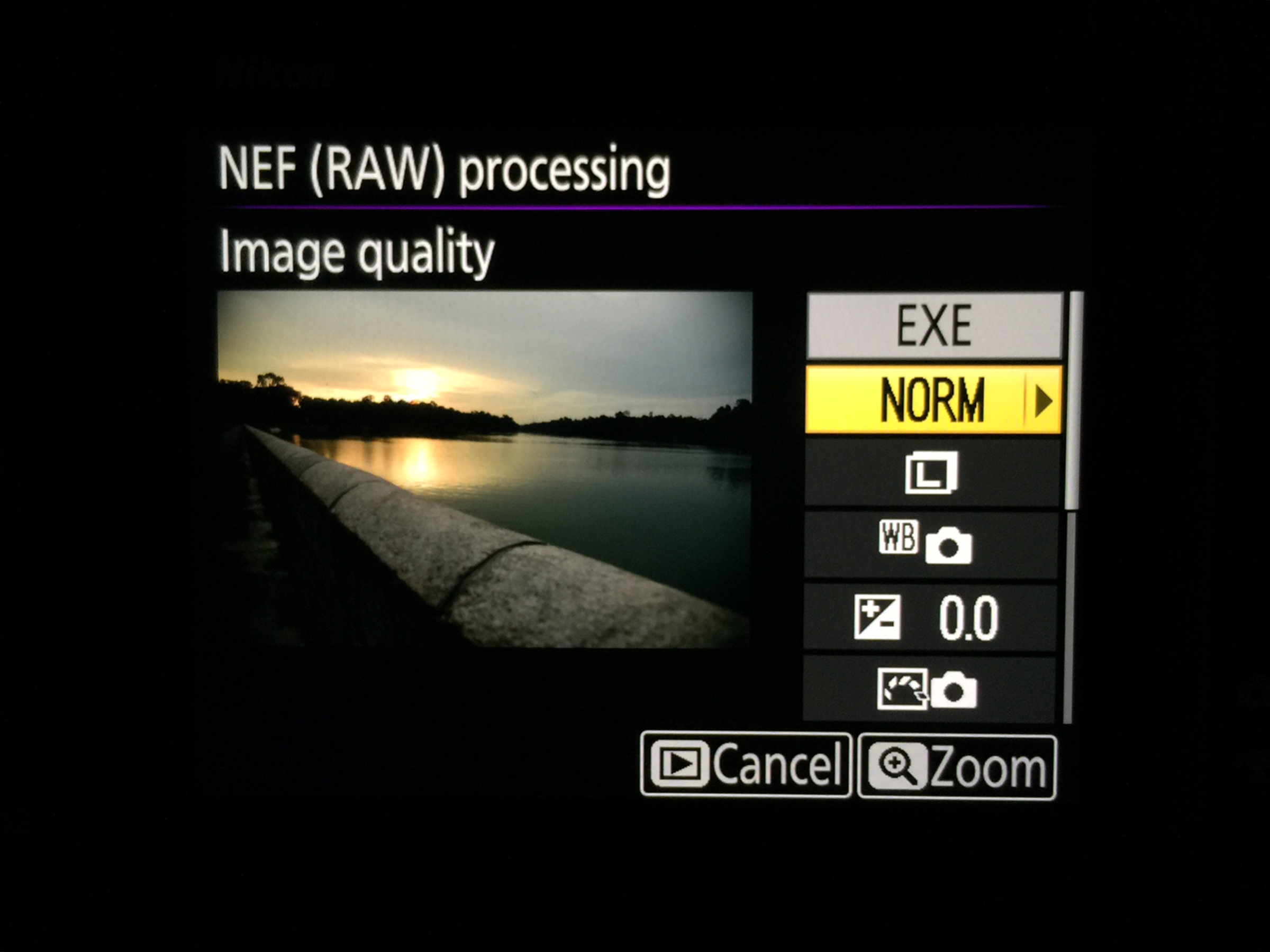

This means that you can try to approximately reconstruct the original raw file using maximum likelihood methods. While there are a vast number of mathematically possible raw files that are consistent with the given JPEG file, the vast majority of those are not likely to be the original raw file. In principle, it's a straightforward problem. S also points out in his answer, there are no standard tools that I'm aware of that will do it for you.

There exist methods to do this, but as Alex. You should contact the organisers and explain that your original was shot in JPEG as they may still allow you to enter. In any case even though the rules are listed, they are usually about maintaining fairness and will have some caveat that the organisers have discretion over submissions. From experience I've seen plenty of events ask for 24/48-bit lossless RGB TIFF to then display it on some awful DLP projector which doesn't have the tonal response to make a calibration worth attempting (if they had attempted one, which is far less likely than you might expect). From my observation it's mainly to keep "newbies" out. Some organisations post requirements like that under the guise of 'quality', though that's mainly bogus as (even now) few devices are capable of going beyond 8-bits per channel. Assuming that everyone shoots raw (and some people don't - and no, I've never understood doing that) organisers will often allow you to supply the original unmodified jpeg you based the entry on as actual entries are usually requested at a specific pixel dimension. More likely the requirement is there to discourage cheating, which has been rife in the amateur/competitive world. The requirement may be there because the competition is for unmodified images - this is common with photojournalism competitions where only blanket or minor changes are permitted. Theoretically it would be possible as compressed NEF is based on a TIFF container and a "wide" JPEG/JFIF variant IIRC.Īnd all is not lost as, having run these kinds of competitions, I can say that you may still be able to enter depending on what type of competition it is and why they want raw files. You cannot (should not) produce a raw from a jpeg.

It is possible, if this is a local competition, that they've just copied the rule from somewhere else, so it might be worth getting in touch with them. This (if it's an option on your camera) may be an option in the future. I (as an amateur) almost always shoot RAW+JPEG, as many of my shots are just printed with at most a little cropping, but some need proper work. So you're probably out of luck this time. I've seen RAW+TIFF submission requirements explicitly for this reason. Having the RAW file gives them the ability to check how much you've modified the image. Post-processing is part of the digital workflow, and the question is more one of how much is acceptable.


 0 kommentar(er)
0 kommentar(er)
